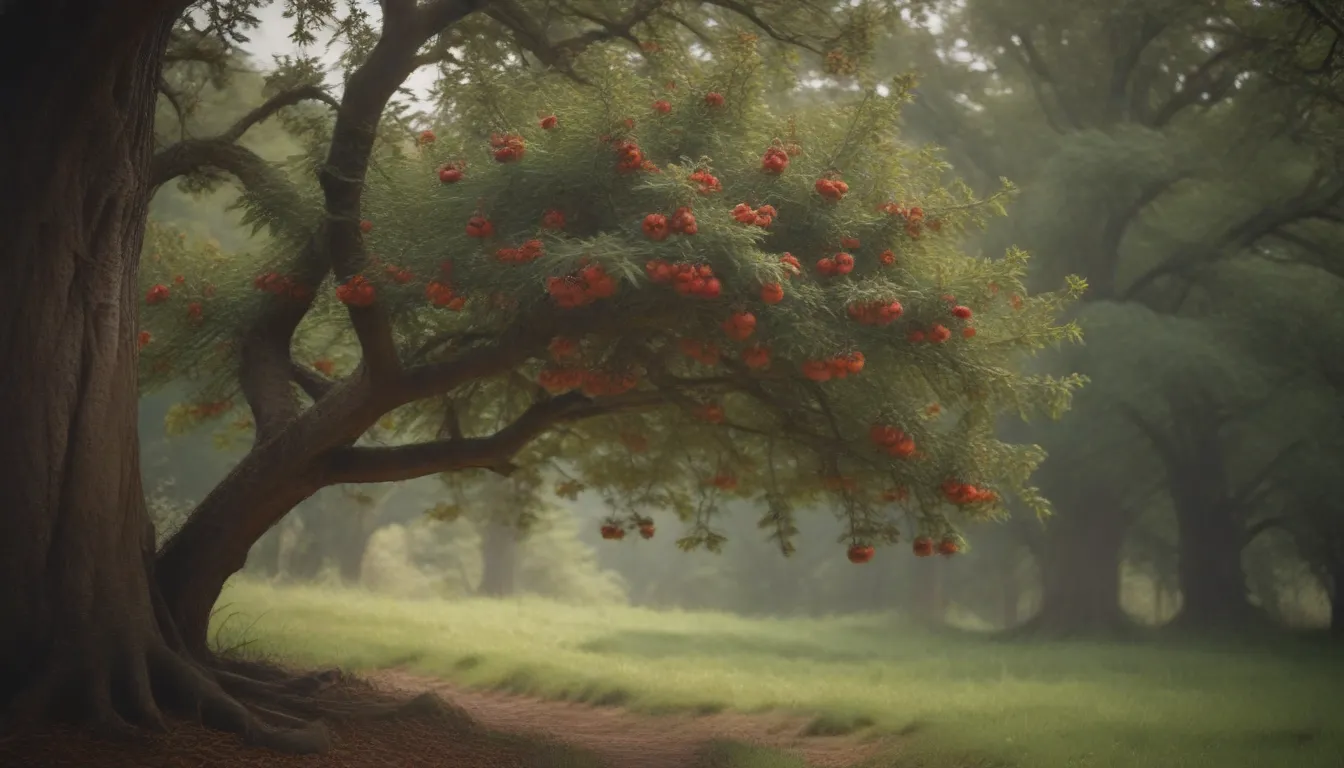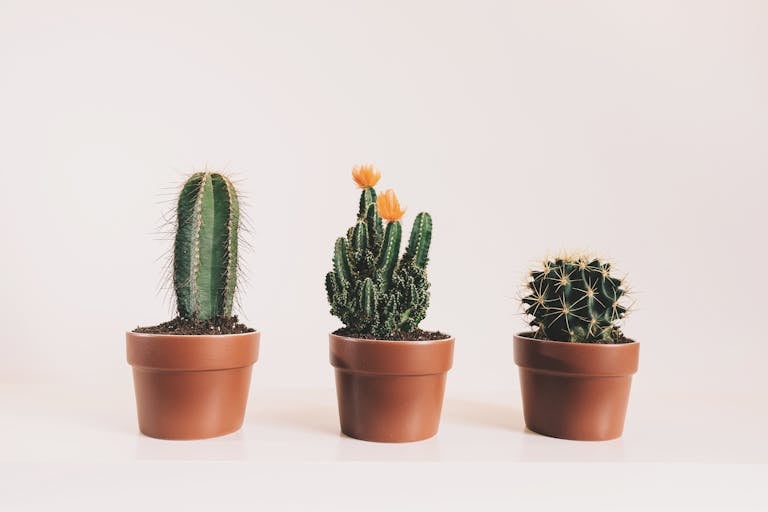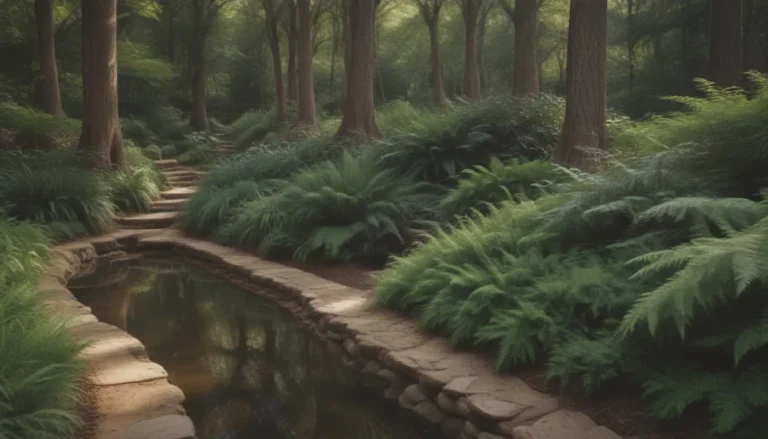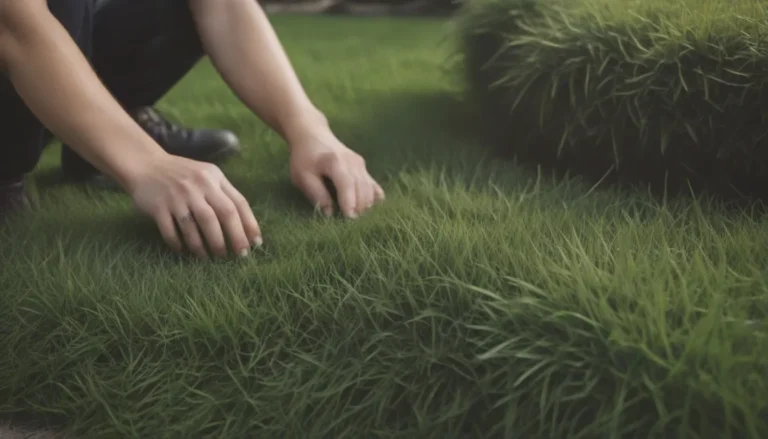Everything You Need to Know About Growing and Caring for English Hawthorn Trees

If you’re looking for a beautiful and resilient tree to add to your landscape, the English hawthorn (Crataegus laevigata) might be the perfect choice. This deciduous large shrub or small tree hails from western and central Europe and North Africa, and has also found a home in parts of western North America. Known for its dense, thorny branches and rounded crown, English hawthorns are adorned with glossy dark green leaves and delicate white, pink, or red flowers in the spring. Some varieties even produce red fruits in the fall, adding to their charm.
Despite its elegant appearance, the English hawthorn is a tough plant that thrives in challenging environments where many other trees struggle. It can withstand poor air and soil conditions, as well as limited root space, making it a popular choice for urban landscapes, street trees, bonsai, and espalier trees. However, like any plant, English hawthorns are vulnerable to pests and diseases, so proper care is essential to keep them healthy and thriving.
In this comprehensive guide, we’ll explore everything you need to know about growing and caring for English hawthorn trees. From choosing the right location to dealing with common pests and diseases, we’ll cover it all to help you ensure your English hawthorn flourishes in your landscape.
Choosing the Right Location
When selecting a spot for your English hawthorn tree, there are a few key factors to consider. Make sure the location is free from fallen fruit, as this can be a nuisance. Keep in mind that English hawthorns have a slow growth rate and can live for 50 to 150 years, so choose a location where it can thrive for the long haul. Additionally, be aware that the flowers of the English hawthorn emit a musky scent that may not be to everyone’s liking.
The planting process for English hawthorns is similar to that of other woody shrubs. Dig a hole that is two to three times wider than the rootball and equal in depth, and enrich the soil with compost. Plant the tree with the rootball slightly higher than the surrounding ground, backfill with loose soil, and water thoroughly. Young trees may need to be staked initially, but be sure to remove the stakes as soon as the tree can support itself to prevent a weak structure later on. Regular pruning may also be necessary to keep the thorny branches away from pedestrian traffic.
Key Care Tips
- Light: English hawthorns prefer full sun but can tolerate light shade.
- Soil: They thrive in moist, well-drained soil with a slightly acidic to slightly alkaline pH.
- Water: Water young trees during dry weather; established trees can withstand dry conditions.
- Temperature and Humidity: Hardy in USDA zones 4 to 8, English hawthorns may benefit from winter protection in colder regions.
- Fertilizer: While not necessary, a slow-release fertilizer can be applied in autumn if growth appears sparse.
Types of English Hawthorn Trees
There are several named cultivars of Crataegus laevigata that are worth considering for your landscape, each with its own unique characteristics. Some popular cultivars include ‘Paul’s Scarlet’, ‘Punicea’, ‘Rosea Flore Pleno’, ‘Crimson Cloud’, and ‘Aurea’. Additionally, there are other hawthorn species that can add diversity to your garden, such as Crataegus phaenopyrum, Rhaphiolepsis indica, Crataegus pinnatifida, and Chinese hawthorn.
Pruning and Propagation
English hawthorns naturally grow as multi-trunk plants, but if you prefer a single-trunk tree, you’ll need to prune away competing stems. It’s also essential to prune low-hanging branches to prevent injuries from the sharp thorns. Damaged or broken branches should be removed promptly, and any suckers at the base of the plant should be pruned back.
Propagation of named cultivars is typically done through grafting to maintain their unique characteristics. However, if you have a pure Crataegus laevigata shrub, you can propagate it from a softwood stem cutting taken in midsummer. Seed propagation is another option, though it is a slow process, with seeds taking about 18 months to germinate and sprout.
Common Pests and Diseases
English hawthorn trees are susceptible to various pests and diseases that can impact their health and vigor. Common pests include aphids, borers, tent caterpillars, scale, mites, leaf miners, and lace bugs. Among the most serious diseases is fire blight, which can quickly spread and cause significant damage to the plant. Other common diseases include leaf blight, cedar hawthorn rust, scab, and powdery mildew.
To protect your English hawthorn from these threats, monitor the tree regularly for signs of pest infestations or disease symptoms. Early intervention and prompt treatment with fungicides or insecticides can help prevent the spread of these issues and keep your tree healthy.
Common Problems and Considerations
While English hawthorns are versatile and resilient trees, there are some common issues to be aware of. The sharp thorns can make pruning challenging and cause injuries if the tree is planted in high-traffic areas. However, the thorns also make English hawthorns ideal for creating impenetrable hedges that provide protection for birds and wildlife.
Unlike common hawthorn (Crataegus monogyna), English hawthorns are not considered invasive and pose no significant risks to the ecosystem. When selecting an English hawthorn tree for your landscape, choose a reputable nursery to ensure you are not inadvertently planting an invasive species.
In conclusion, English hawthorn trees are a beautiful and resilient addition to any landscape, offering stunning flowers, attractive fruits, and valuable habitat for wildlife. By following these care tips and recommendations, you can ensure that your English hawthorn thrives and continues to grace your garden with its beauty and charm for years to come.





